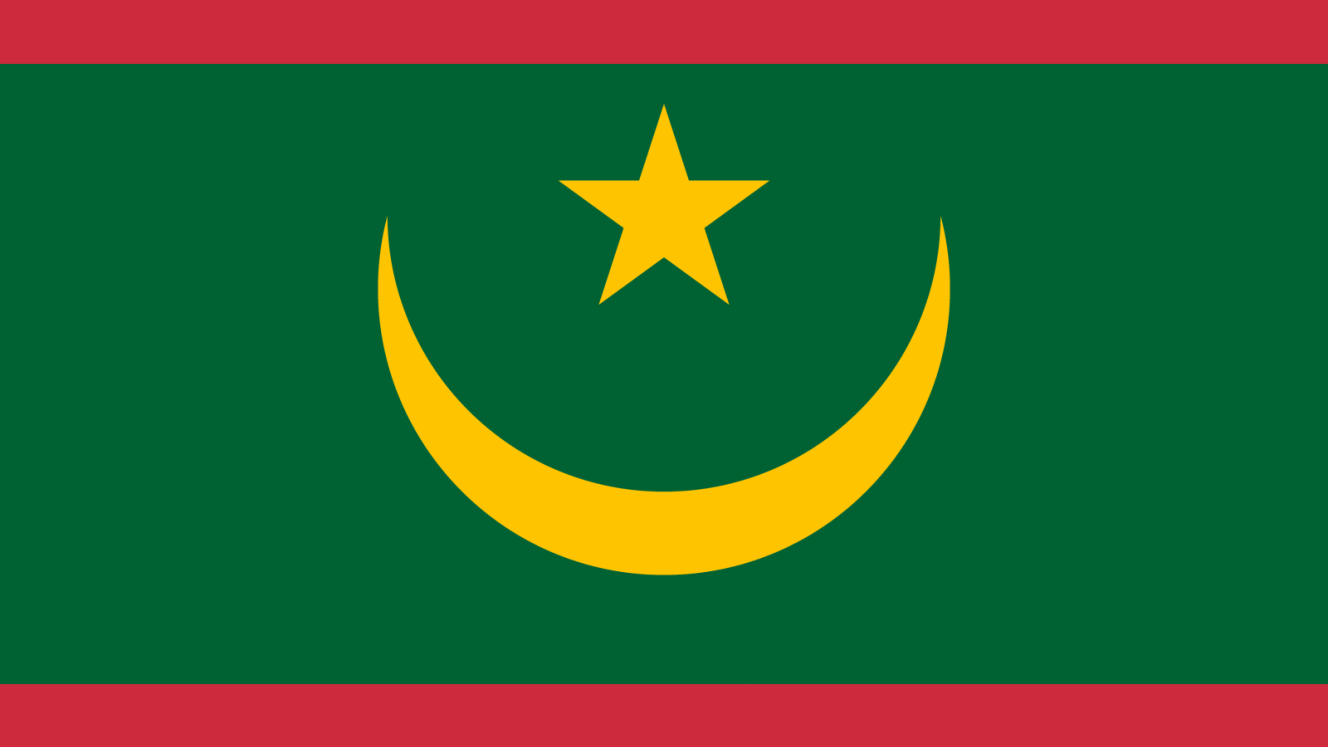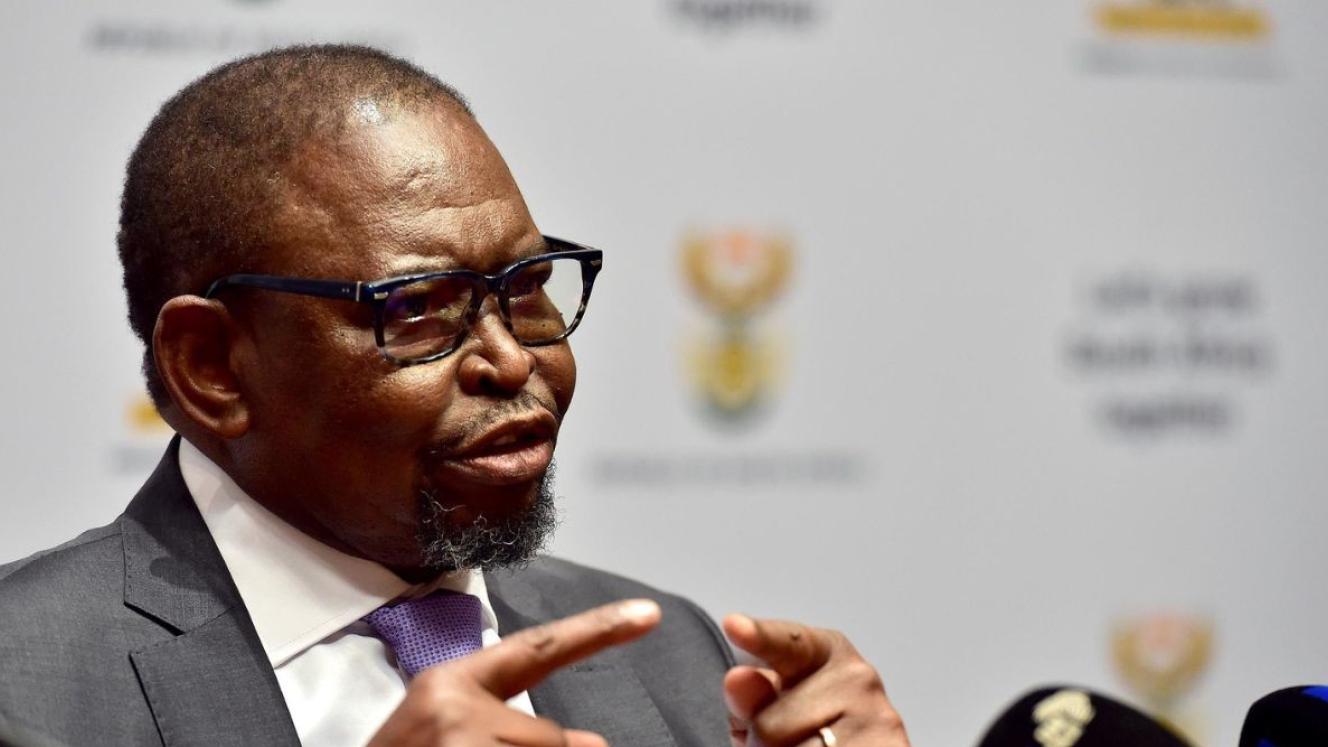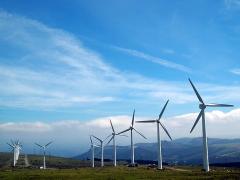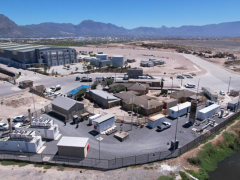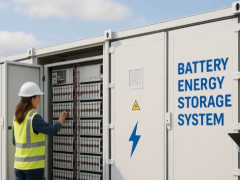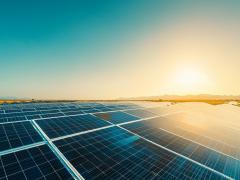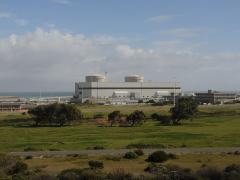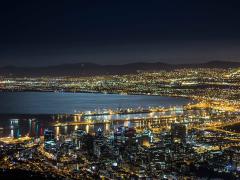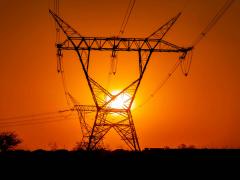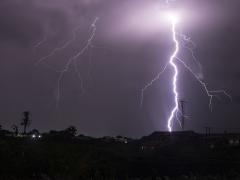Mauritania is moving to a fully privatised power generation model, making it one of the few countries in Africa to end state involvement in electricity production. Bids for a new independent power project, linked to the Greater Tortue Ahmeyim (GTA) gas field, are expected within the next two to three weeks.
“All new power generation projects in Mauritania will be private. State-owned companies will no longer be involved in power generation,” said Mohamed Ould Khaled, Mauritania’s Minister of Energy and Oil, during the Invest in African Energy 2025 Forum in Paris on Tuesday (May 13).
The transition to a private generation model forms part of a broader strategy to industrialise the economy and scale up electricity supply using domestic energy resources. Mauritania currently has 57% national electricity access and aims to reach full coverage by 2030.
Two gas-fuelled independent power projects already under development are expected to contribute a combined 550 MW to the grid in coming years. Gas from the GTA project – a cross-border development shared with Senegal – will supply 250 MW combined-cycle power stations in each country during the project’s first phase.
Future plans include expansion of the BirAllah deepwater gas field, further phases of the GTA project with a target of 10 million tonnes of liquefied natural gas production per year and cross-border electricity trade with neighbouring countries.
Alongside natural gas, the country is also pursuing large-scale renewable energy and hydrogen development.
“Mauritania holds the largest pipeline of green hydrogen projects in Africa,” said Ould Khaled. “These are designed not only to export molecules but to catalyse industrialisation in Mauritania and decarbonise hard-to-abate sectors.”
The country estimates production potential of up to 12 million tonnes of green hydrogen annually, citing favourable wind conditions of 10 metres per second and strong solar resources.
To support investment, Mauritania has introduced new public-private partnership and investment codes, a local content policy and what it describes as Africa’s first dedicated green hydrogen regulatory framework.
